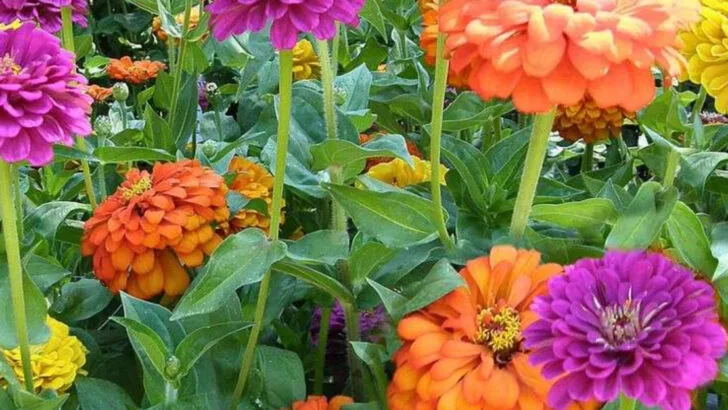In today’s gardening world, it’s easy to get swept up in trends—ornamental grasses, exotic succulents, and modern hybrids often steal the spotlight. But tucked away in forgotten corners of botanical history are old-fashioned garden plants that once flourished in cottage gardens, family farms, and grandma’s backyard borders. These plants weren’t just beautiful—they were hardy, reliable, and deeply meaningful to generations of gardeners.
Many of these classic varieties offer things modern plants often lack: unmatched fragrance, multi-season blooms, pollinator appeal, or even culinary and medicinal uses. They come with stories, too—plants like hollyhocks, foxglove, and columbine weren’t just decoration, they were part of a living tradition. And the best part? Most of them are surprisingly easy to grow, even in urban gardens or containers.
In this article, we’re spotlighting 15 heirloom plants that we think are ready for a revival. Whether you’re craving more romance and charm in your beds, looking to support local bees and butterflies, or just want something that feels a little more authentic and time-tested, these old-time favorites are ready to shine again. It’s time to give them the garden comeback they deserve.
Bleeding Heart
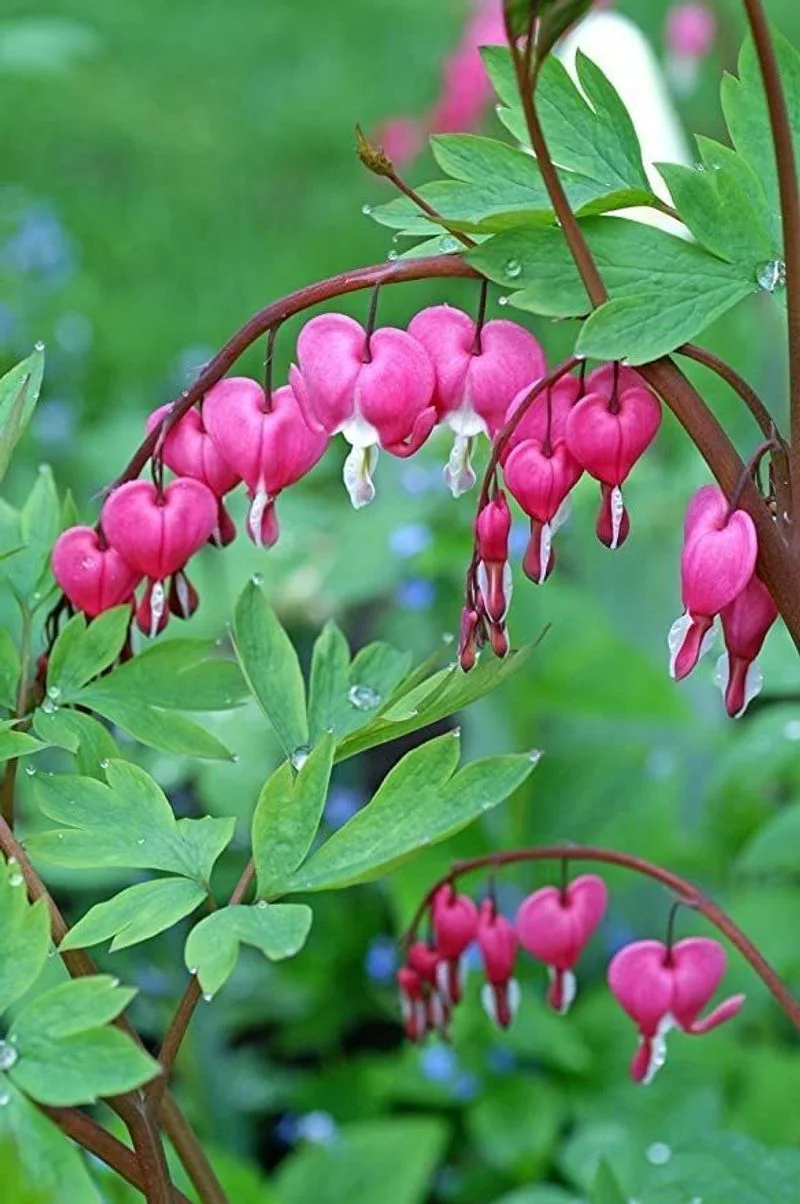
Bleeding Heart, known for its heart-shaped flowers, evokes memories of old cottage gardens. Its elegance lies in the delicate pink and white blooms that dangle from arching stems, offering a romantic touch. Planting it in shaded spots enhances its growth, making it perfect for woodland settings or secluded garden corners. This perennial thrives in cooler climates, blooming vigorously in spring. Gardeners appreciate its low maintenance, allowing for carefree enjoyment of its beauty. Historical gardens often featured Bleeding Heart due to its resilience and timeless appeal, making it a worthy addition to today’s landscapes.
Hollyhock
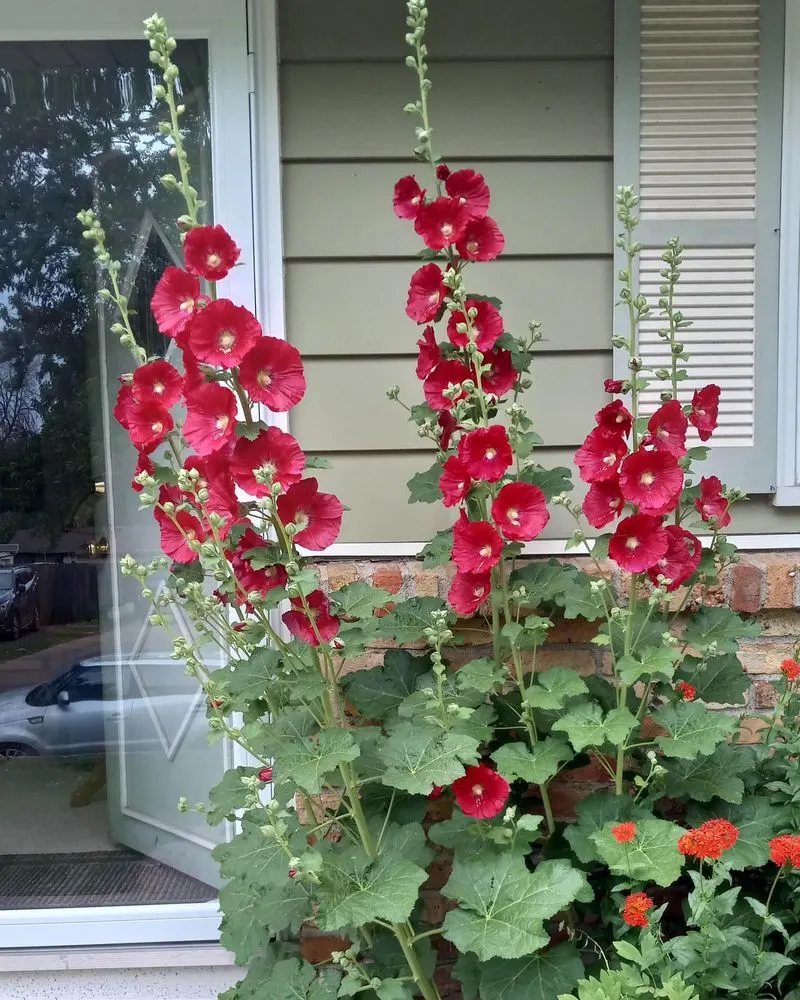
Hollyhocks, towering with their vibrant blooms, were a staple in grandmother’s garden. Their vertical appeal and range of colors, from pink to deep red, make them a striking backdrop for garden beds. They prefer sunny locations and well-drained soil, ensuring a summer spectacle. These biennials bring a touch of nostalgia, reminiscent of rustic garden charm. Hollyhocks attract pollinators, enhancing biodiversity in your garden. Their old-world charm makes them perfect for cottage gardens or vintage-themed landscapes, where they stand as floral sentinels guarding bygone eras.
Dianthus
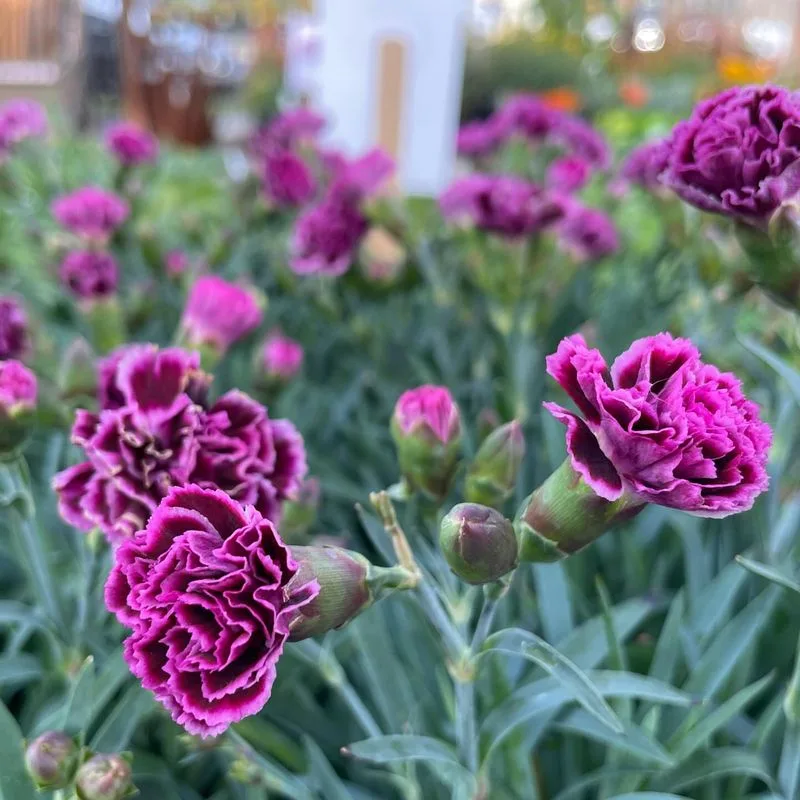
Dianthus, with its sweet fragrance and fringed petals, embodies the essence of classic gardens. These flowers, often in shades of pink and white, offer a delightful scent that attracts butterflies. Perfect for borders or rock gardens, Dianthus thrives in well-drained soil and sunny spots. Its compact growth habit makes it ideal for small gardens or container planting. Historically, these flowers were symbols of love and admiration, making them a sentimental choice for romantic gardeners. Dianthus, with its durability and charm, continues to enchant garden enthusiasts.
Foxglove
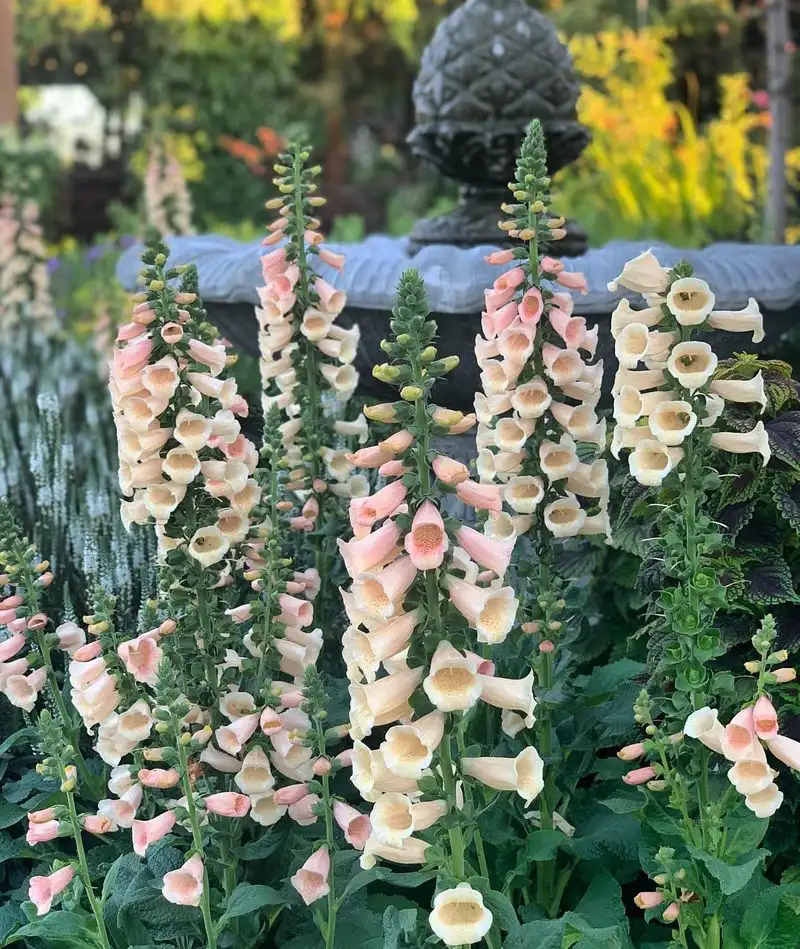
Foxglove’s dramatic spires of tubular blooms add vertical interest and color to shady areas. This biennial thrives in partial shade, with its flowers attracting hummingbirds and bees. Foxglove’s presence in folklore and fairy tales adds a mystical allure to gardens. Careful spacing and well-drained soil encourage healthy growth, while its self-seeding nature ensures continued presence. Though parts of the plant are toxic, Foxglove remains a favorite for gardeners seeking to evoke a woodland fantasy. Its beauty, combined with historical significance, makes it an enduring garden treasure.
Lupine
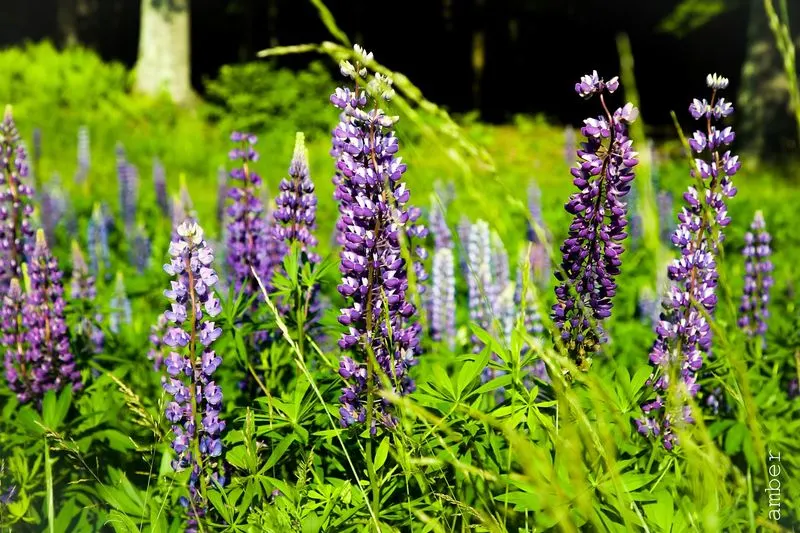
Lupine, with its dense, spiky blooms, creates a stunning display reminiscent of wildflower meadows. These perennial plants flourish in sunny locations, with their nectar-rich flowers supporting a variety of pollinators. The tall, colorful spikes can be a focal point in garden beds or borders, providing a splash of vibrant hues. Lupines also improve soil quality by fixing nitrogen, benefiting surrounding plants. Historically associated with fields and prairies, they bring a touch of the untamed to gardens, bridging the gap between the cultivated and the wild.
Peony
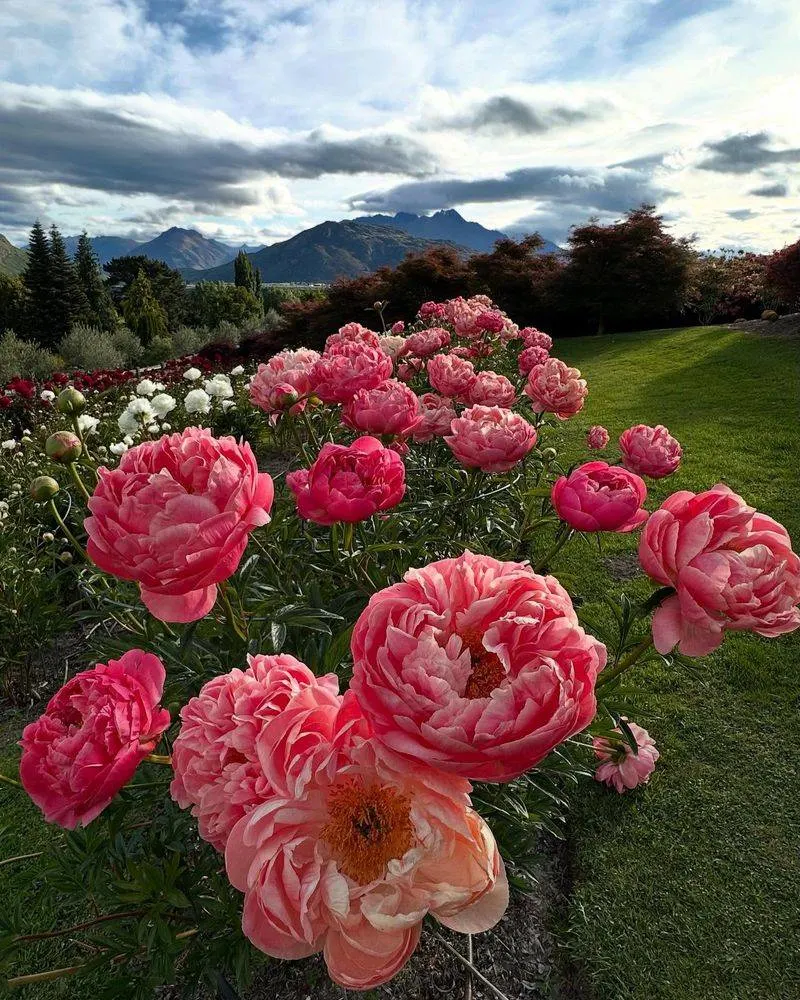
Peonies, beloved for their extravagant blooms and intoxicating fragrance, capture the essence of timeless beauty. These perennials, often passed down through generations, thrive in sunny, well-drained spots. Their lush, full flowers are a garden showstopper, with a blooming season that heralds the arrival of summer. Peonies require little maintenance, rewarding gardeners with longevity and repeat blooms. Their historical presence in gardens worldwide underscores their universal appeal. A symbol of romance and prosperity, Peonies add elegance and grace to any floral setting.
Columbine
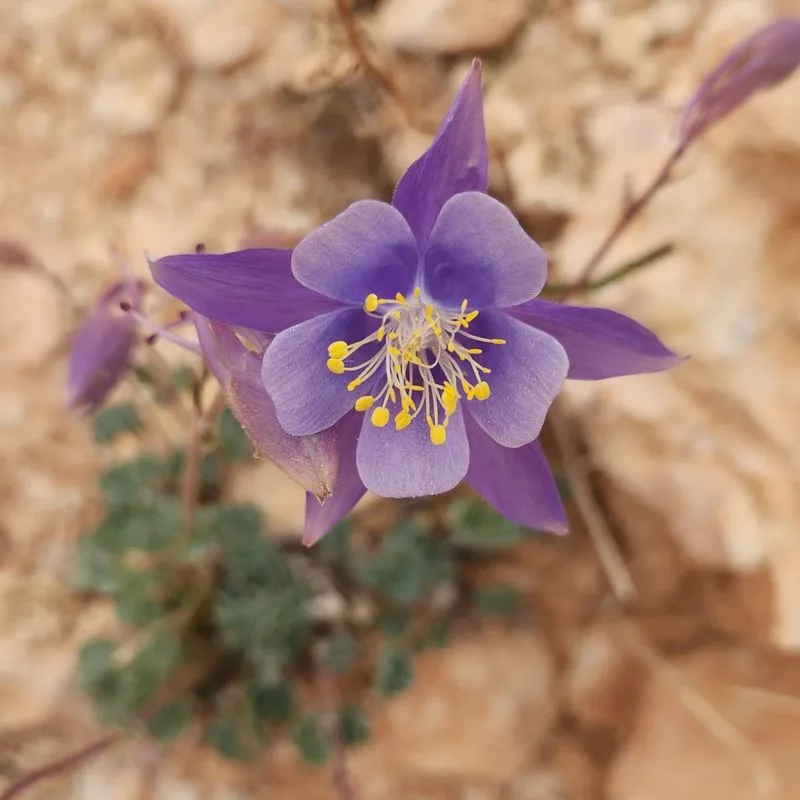
Columbine’s intricate, star-like blooms bring a touch of whimsy and grace to gardens. These perennials thrive in partial shade, making them perfect for woodland gardens or shaded borders. Known for their unique, spurred flowers, Columbines attract hummingbirds and butterflies. They are adaptable, tolerating various soil conditions and contributing to biodiversity. Native to many regions, Columbines have a rich history in folklore and medicine. Their enchanting presence in gardens makes them a cherished choice for those seeking beauty with minimal fuss.
Snapdragon
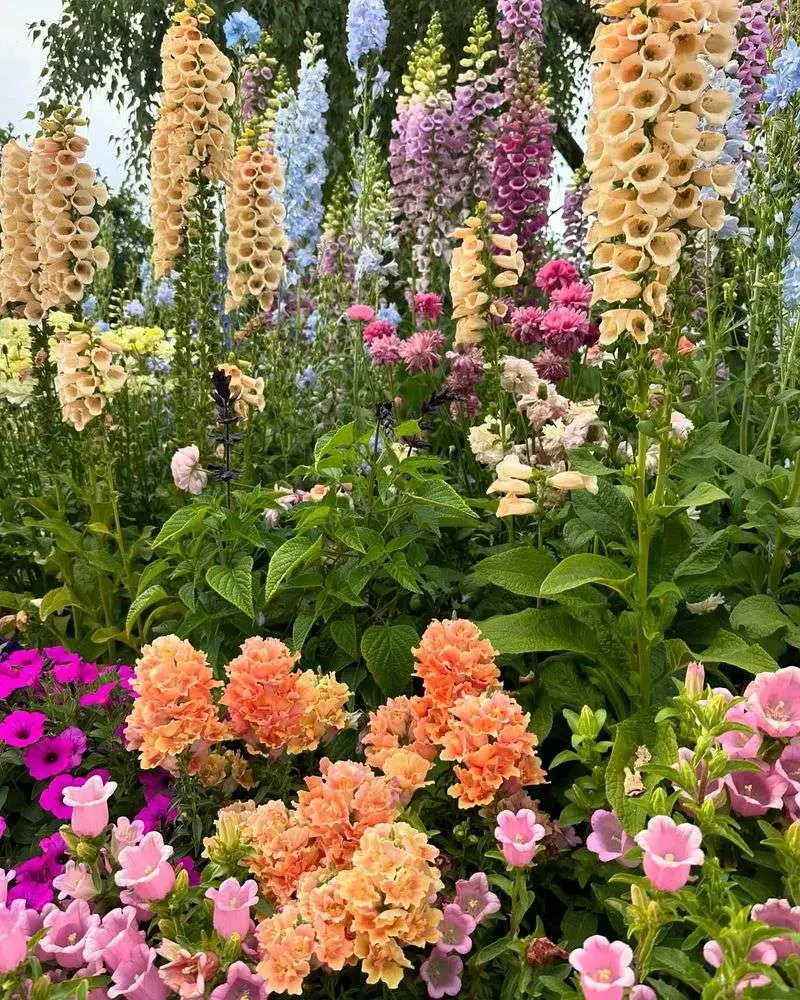
Snapdragons, with their whimsical blooms, capture the imagination with their dragon-like appearance. These annuals thrive in full sun, offering a spectrum of colors that brighten any garden space. Perfect for borders, beds, or containers, Snapdragons add vertical interest and are beloved by pollinators. Their resilience and ability to bloom in cooler weather make them a versatile choice for various climates. Historically popular in cottage gardens, Snapdragons bring a playful touch with their unique flower shapes and vibrant hues, delighting gardeners and visitors alike.
Sweet Pea
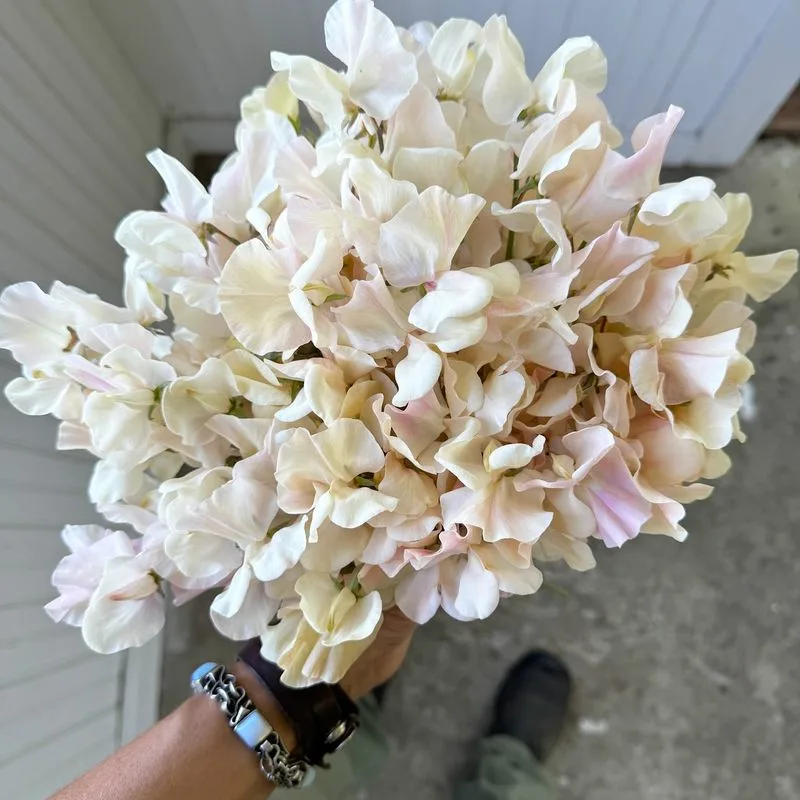
Sweet Peas, cherished for their fragrant, delicate blooms, add a vertical element to gardens. These annual climbers prefer sunny spots and rich, well-drained soil. Their enchanting scent and pastel colors make them perfect for trellises, fences, or containers. Sweet Peas have a rich history, often associated with traditional English gardens and romantic bouquets. Their prolonged blooming season offers continuous enjoyment, with flowers that attract pollinators. As a symbol of blissful pleasure, Sweet Peas bring both beauty and heritage to modern garden spaces.
Primrose
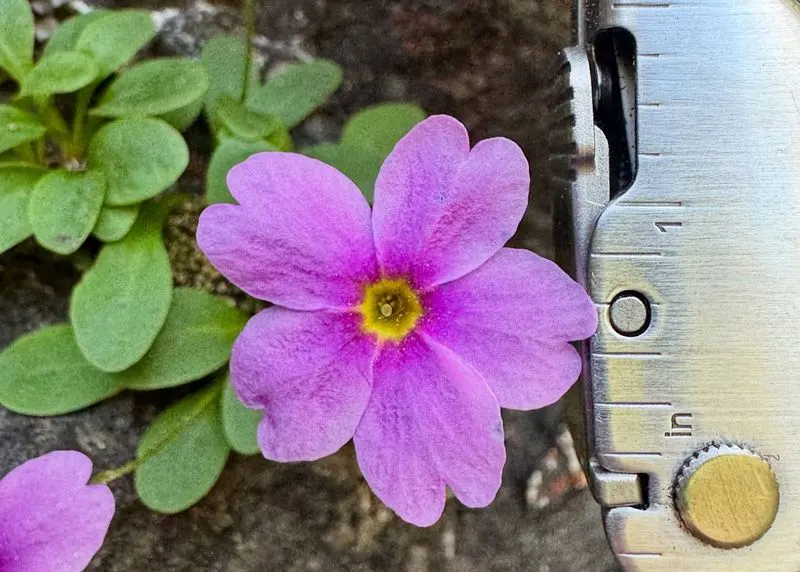
Primroses herald the arrival of spring with their cheerful blooms and vibrant colors. These perennials thrive in partial shade, making them ideal for woodland gardens or shaded borders. Known for their early flowering, Primroses brighten gardens when few other plants are in bloom. Their ability to adapt to various soil types adds to their appeal. Historically, they have been symbols of youth and renewal. With a long blooming season and minimal care requirements, Primroses bring a splash of color and a sense of rejuvenation to any garden setting.
Iris
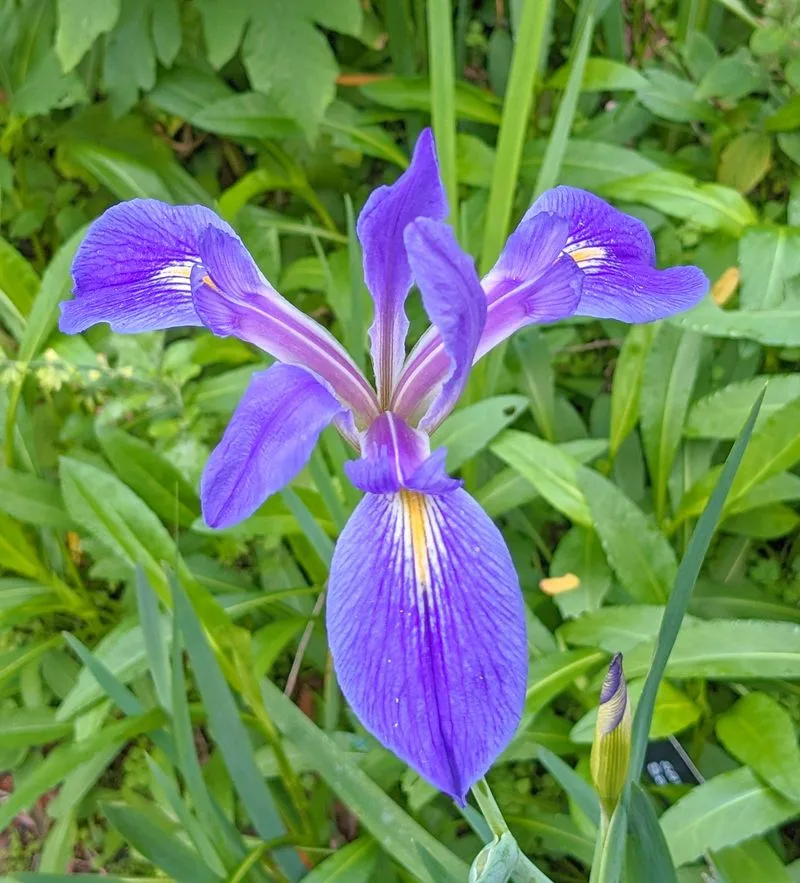
Irises, with their graceful blooms and sword-like foliage, add elegance to any garden setting. These perennials thrive in sunny locations and well-drained soil. Known for their striking colors and intricate patterns, Irises are a favorite among gardeners seeking a touch of sophistication. Their historical significance in art and culture underscores their timeless appeal. Irises attract pollinators, contributing to garden biodiversity. With a range of species suited to different climates and conditions, Irises offer versatility and beauty, making them a perennial favorite in gardens worldwide.
Lilac
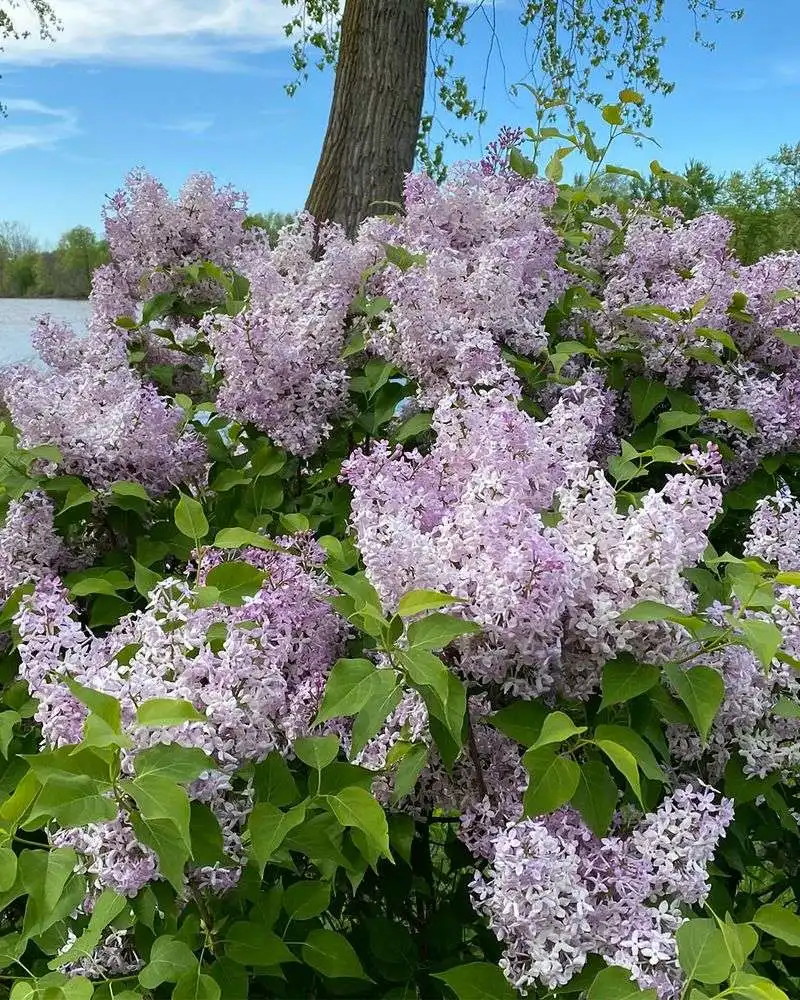
Lilacs, with their fragrant blooms, evoke memories of springtime nostalgia. These shrubs thrive in sunny locations and well-drained soil. Known for their large, conical clusters of flowers, Lilacs are a favorite for their intoxicating scent and vibrant hues. They are relatively low-maintenance, with a long lifespan, making them a lasting addition to gardens. Historically associated with love and romance, Lilacs bring both beauty and sentiment to floral landscapes. Their ability to attract pollinators adds an ecological benefit, enhancing garden biodiversity.
Zinnia
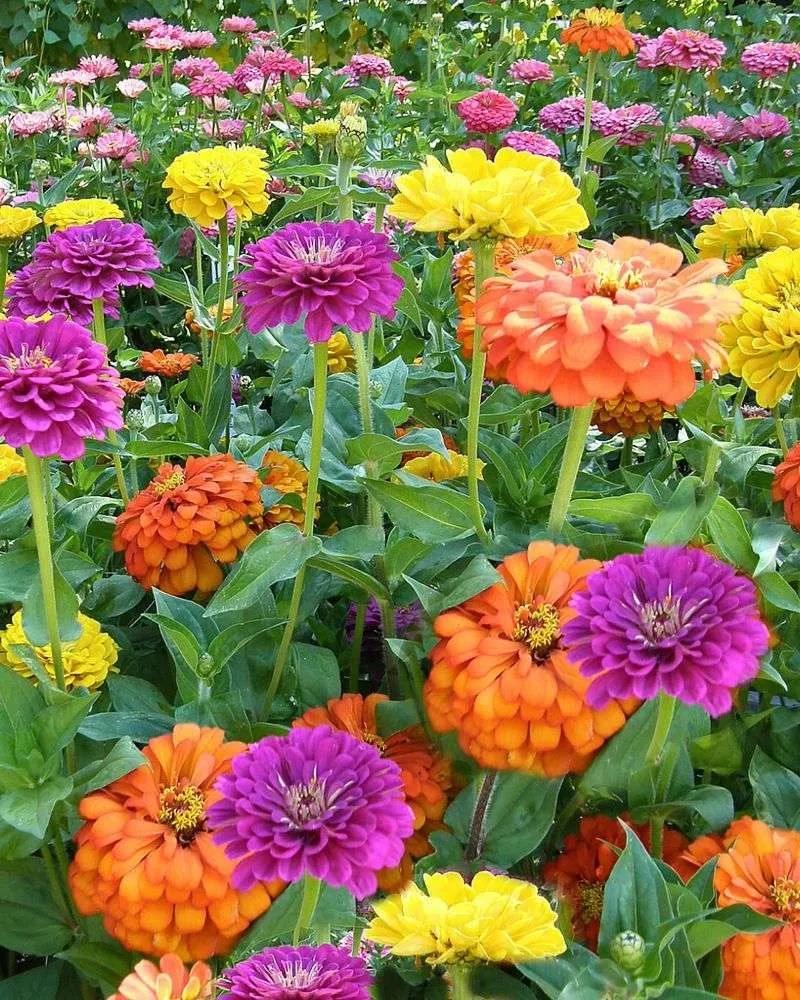
Zinnias, with their bold and bright blooms, bring a burst of color to gardens. These annuals thrive in sunny spots and well-drained soil, offering a long blooming season. Perfect for cutting gardens, Zinnias are easy to grow and require minimal care. Their ability to attract butterflies and resist pests makes them a gardener’s delight. Historically popular in cottage gardens, Zinnias symbolize lasting friendship and good memories. Their cheerful presence and diverse colors make them a versatile choice for any garden setting, from borders to containers.
Nasturtium
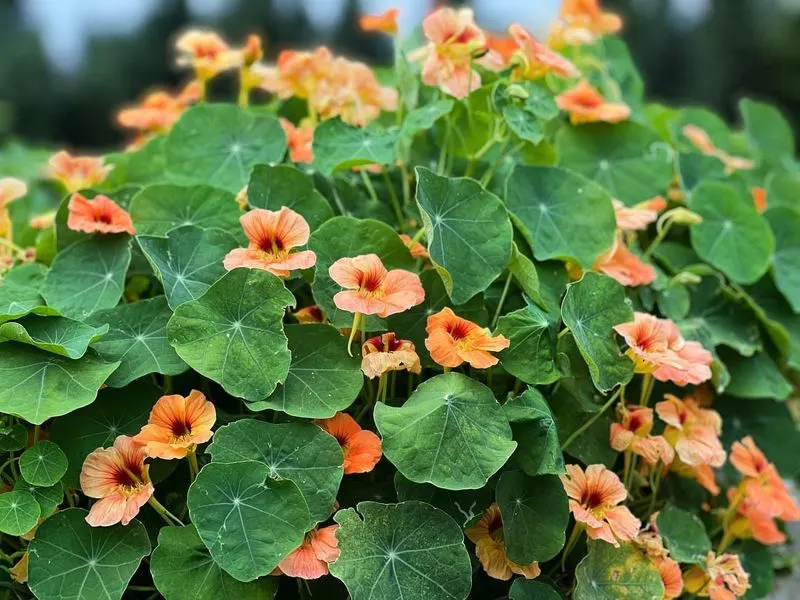
Nasturtiums, with their peppery-tasting leaves and bright blossoms, offer both beauty and utility. These annuals thrive in poor soils and sunny locations, making them easy to cultivate. Their vibrant flowers attract pollinators and can be used in salads for a spicy kick. Nasturtiums’ trailing habit makes them ideal for hanging baskets or as ground cover. Historically used in companion planting, they deter pests from vegetable gardens. With their cheerful blooms and edible qualities, Nasturtiums add a unique flavor to garden aesthetics.
Rudbeckia
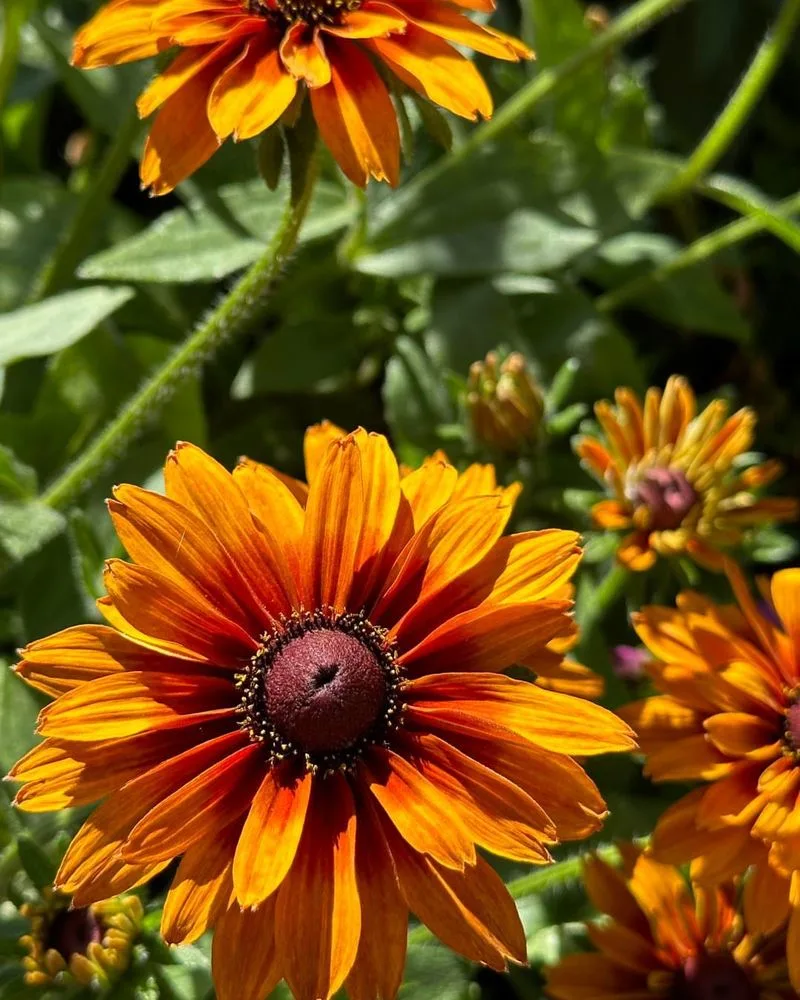
Rudbeckia, commonly known as Black-eyed Susan, delights with its sunny, daisy-like blooms. These perennials thrive in sunny locations and are drought-tolerant, making them resilient garden additions. Known for their long blooming period, Rudbeckias offer vibrant color from summer to fall. They attract a variety of pollinators, enhancing garden biodiversity. Historically, they have been symbols of encouragement and motivation. With minimal care requirements and cheerful appearance, Rudbeckias are perfect for naturalistic gardens, borders, or wildflower meadows.
Phlox
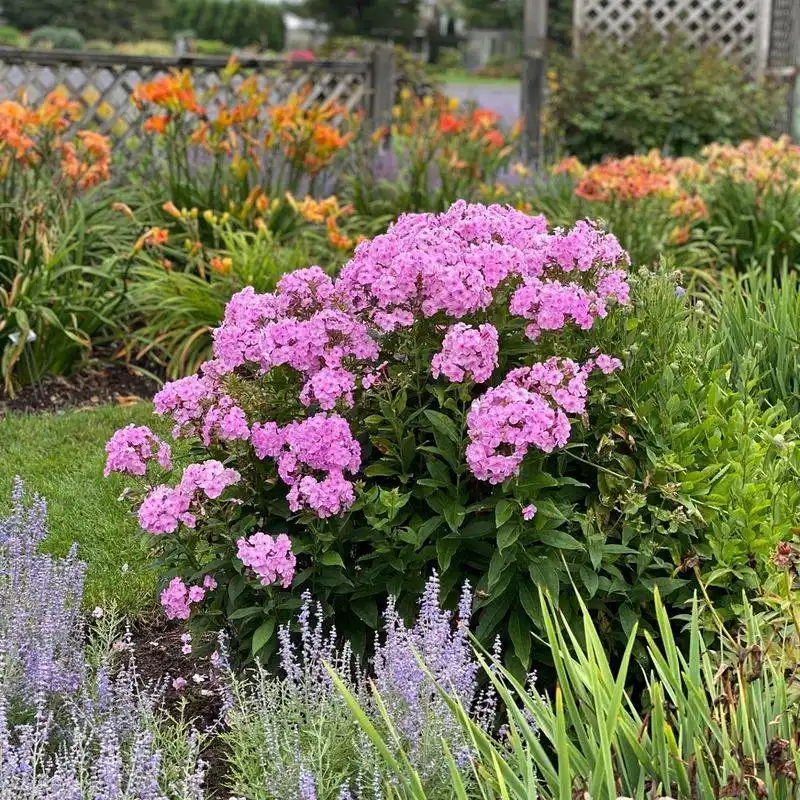
Phlox, with its clusters of fragrant blooms, adds a cottage garden charm to any setting. These perennials thrive in sunny or partially shaded areas, offering a long blooming season. Known for their vibrant colors and sweet scent, Phlox attracts pollinators and adds depth to garden beds. Their historical significance in traditional gardens cements their place in the hearts of gardeners. With various species suited to different climates, Phlox offers versatility and enduring beauty, making it a cherished addition to both formal and informal gardens.
Cosmos
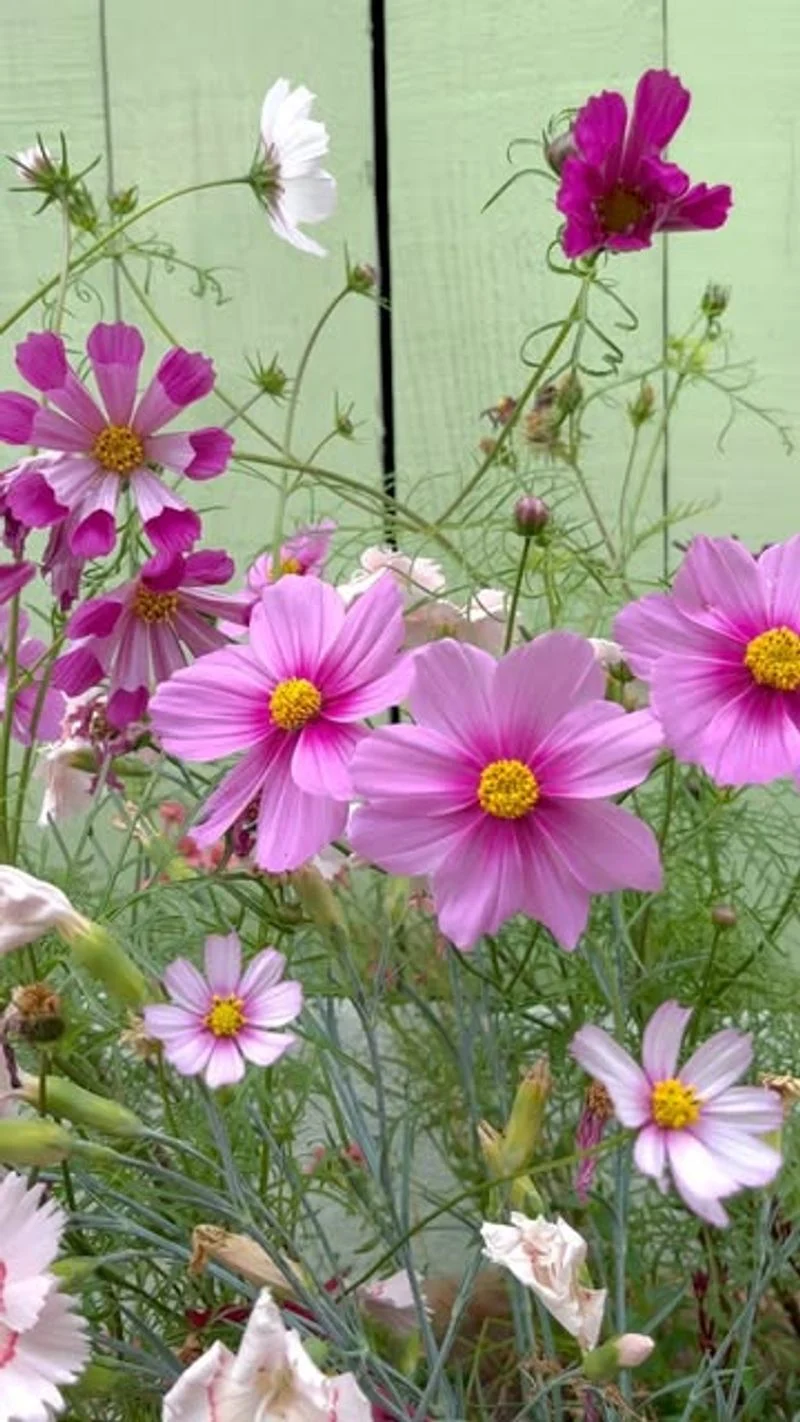
Cosmos, known for their delicate, daisy-like blooms, bring a touch of whimsy to gardens. These annuals thrive in sunny spots and poor soil, requiring minimal care. Their long, slender stems and ethereal flowers make them perfect for cutting gardens or wildflower meadows. Cosmos attract bees and butterflies, enhancing the ecological value of gardens. Historically associated with order and harmony, they add a serene elegance to floral landscapes. With their continuous blooms and easy-going nature, Cosmos are a favorite for gardeners seeking simplicity and beauty.
Pansy
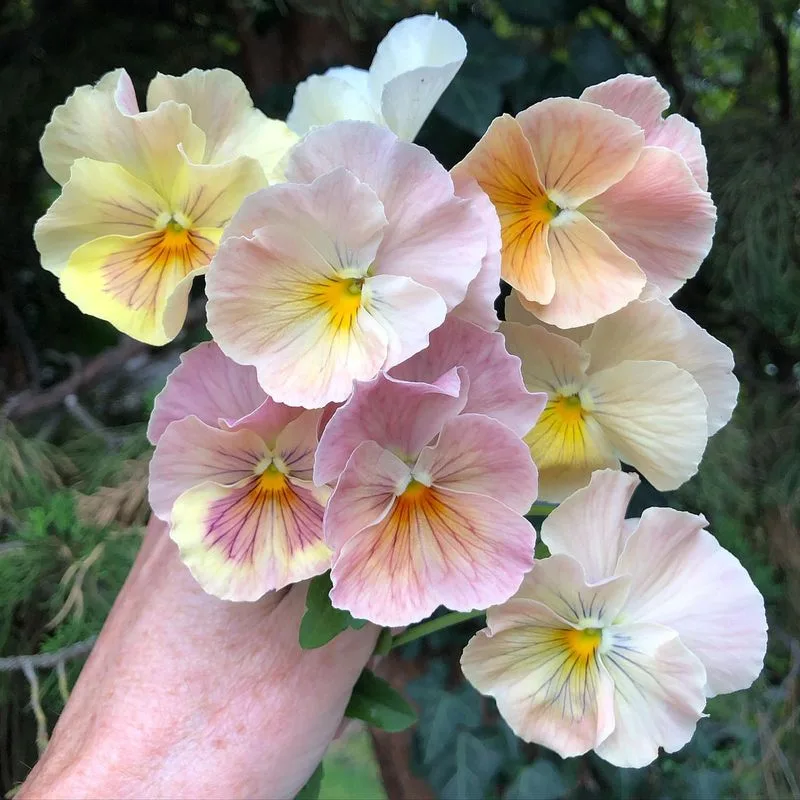
Pansies, with their expressive “faces,” offer a playful addition to gardens. These biennials thrive in cooler weather, making them perfect for spring or fall planting. Known for their wide range of colors and patterns, Pansies brighten flower beds, borders, and containers. Their historical use in Victorian floral language as a symbol of thought and remembrance adds depth to their appeal. With minimal care requirements and the ability to self-seed, Pansies provide continuous splashes of color. Their charming appearance makes them a timeless choice for gardeners.

